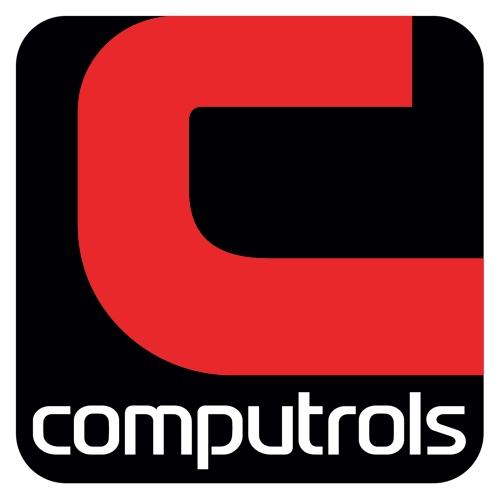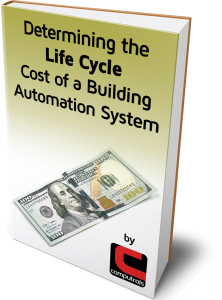For facility managers and building engineers, operating a building automation system (BAS) is just one of many important daily tasks. After all, these individuals are responsible for the daily care and operation of the mechanical, electrical and plumbing systems that serve the property, as well as the various maintenance tasks that arise on a daily basis.
Like many of the systems that are necessary to operate a large facility, the BAS is an ever-evolving system that changes with the needs of the building’s tenants. Considering this, flexibility and system simplicity are two key characteristics that your BAS components must have.
At Computrols, we pride ourselves on developing products that are reliable, functional, and capable of adapting to the needs of our customers and the buildings they operate. For instance, we’ve designed our direct digital control (DDC) boards to feature a two-piece design, meaning the control board consists of two main pieces: the backplane and the “brain” board.
The backplane features your 24v power connection, RS-232 port, two RS-485 ports for field controller communication and terminal strip(s) for your hard-wired points. The number of terminals on your backplane corresponds with the controller you purchase (i.e. a 16-LX controller features 16 terminal screws), and the large terminal screws make for easy, secure terminations for hard-wired points. These hard-wired points are universal, meaning any point can be configured via software.
The “brain” board contains all of your processing power, RAM, additional memory, and firmware. This board contains all of the smarts necessary to carry out commands programmed into our flagship user interface, Computrols Building Automation Software (CBAS). These boards also store their own databases, so in the event that the head-end computer fails, they are able to continue to run the system autonomously. The brain board is easily secured to the backplane via a secure snap-in chassis.
The two-piece board design comes in handy in a number of scenarios. By separating the two boards, replacing a failed component becomes incredibly simple. In the event of a board failure, you can remove it without compromising any of your backplane’s hard-wired connections. Once a replacement brain board arrives, simply secure the replacement board to the backplane via the chassis and program the IP address to resume normal operation.
Additionally, this design can be beneficial when budgeting for BAS expansions. For instance, if your budget can only accommodate an 8-point controller, but you know that you’ll need more points in the near future, Computrols can supply a backplane with a larger terminal strip. That way you can begin automating the most crucial points for a given application and still have additional points for your future expansion.

